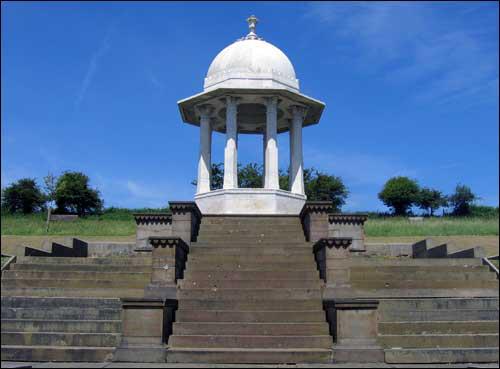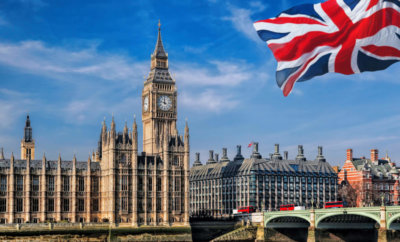Life
Indian WWI Soldiers to be Honored in Special Service at Brighton Memorial

The memorial in Patcham, Brighton
Photo: Facebook
A memorial service will be conducted on June 10 at the cenotaph in Brighton that honors Indian soldiers who died on the Western Front in World War-I.
As the 100th anniversary of the end of the World War-I approaches, Indian soldiers who laid down their lives in the war will be honored in a special service on June 10 at a cenotaph at Brighton in United Kingdom, the Hindustan Times reported.
The event on June 10 will also include an exhibition, conducted in a school nearby, that will showcase the role of Indian soldiers on the Western Front in WWI. Around 12,000 Indian troops were brought from the Western Front and were hospitalized around at places such as York Place School, the Dome, the Corn Exchange and the Royal Pavilion in Brighton so they could recuperate from their war wounds.
“The memorial is unique and the commemoration is believed to be the only one of its kind in Britain,” Davinder Dhillon, the chair of the Chattri Memorial Group, was quoted as saying in the report.
The cenotaph, built at Downs near Patcham in Brighton, was built to remember the contribution made by Indian soldiers in the great war. An inscription in Urdu, Hindi and English on the site says: “To the memory of all Indian soldiers who gave their lives for their King-Emperor in the Great War, this monument, erected on the site of the funeral pyre where the Hindus and Sikhs who died in hospital at Brighton passed through the fire, is in grateful admiration and brotherly affection dedicated.”
Over the years, many members of the British Indian community and the Royal British Legion, a UK charity, have organized services at the site. Dhillon himself has led a pilgrimage to the memorial in June every year since 2000.
The structure honors all Indian soldiers who died fighting the war, but it is particularly associated with the 53 Hindu and Sikh soldiers who died in hospitals in Brighton and whose remains were cremated at this spot, according to the memorial group.
It was built by the end of 1920 and the end cost of the entire scheme was £4,964. Designed by EC Henriques, an architect who then worked in the East India company, the cenotaph was built in the Indo-Saracenic style of architecture. It is considered an important symbol of Indian soldiers’ participation in the war during 1914-18.
The structure was unveiled by the Prince Edward of Wales on Feb. 21, 1921. However, after the World War-II, it fell in bad state and needed repairs. Its maintenance was then taken over by local authorities, along with the then India Office and the Imperial War Graves Commission. The War Office bore the expenses for its restoration.
While unveiling the memorial in 1921, Prince Edward said, “When the wounded Indian soldiers were brought to England there was no place ready for their reception; your generous town came to the rescue, and, with a hospitality which will ever be remembered in India, gave not only the finest buildings but also her friendship and respect to these gallant men.”




1 Comment